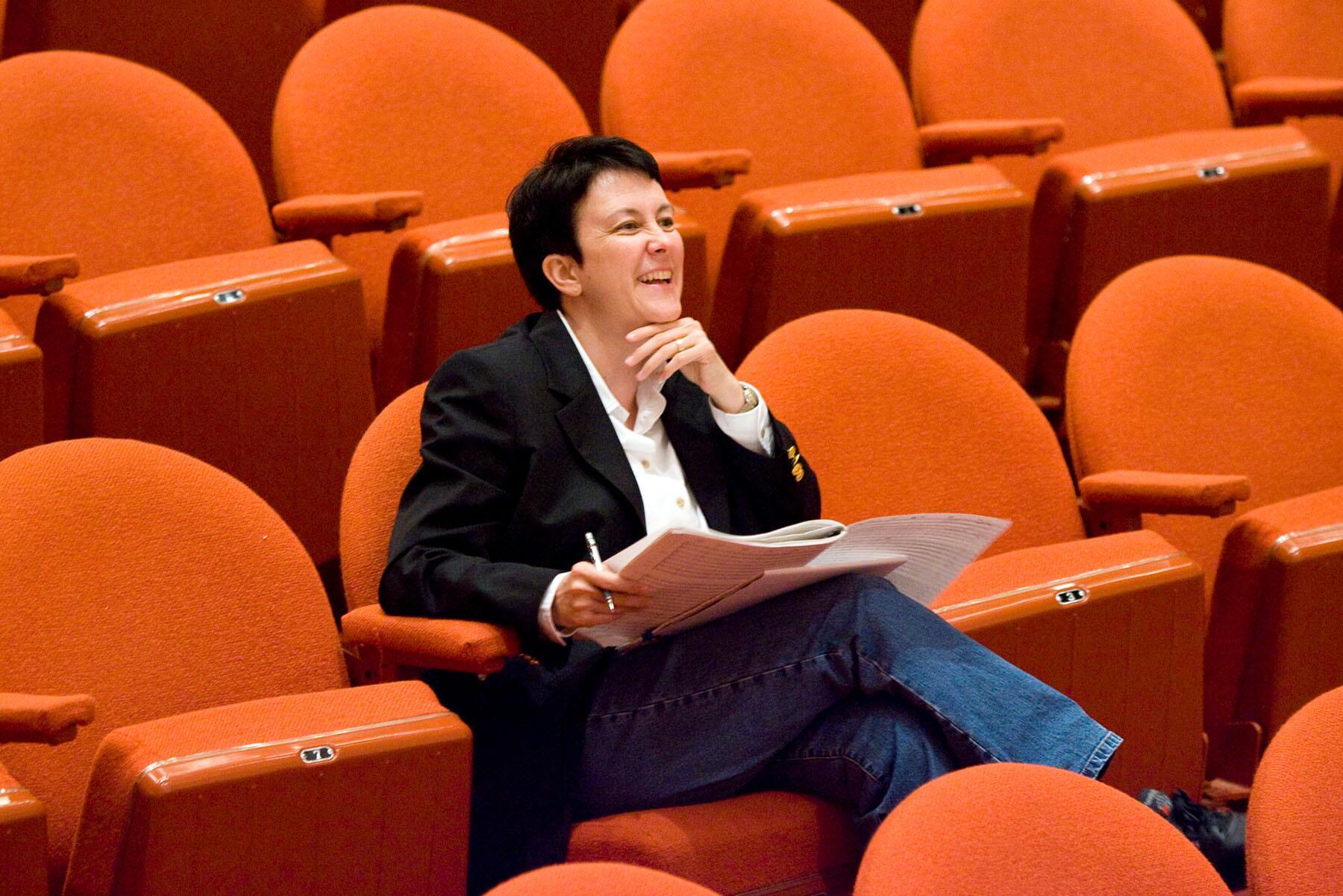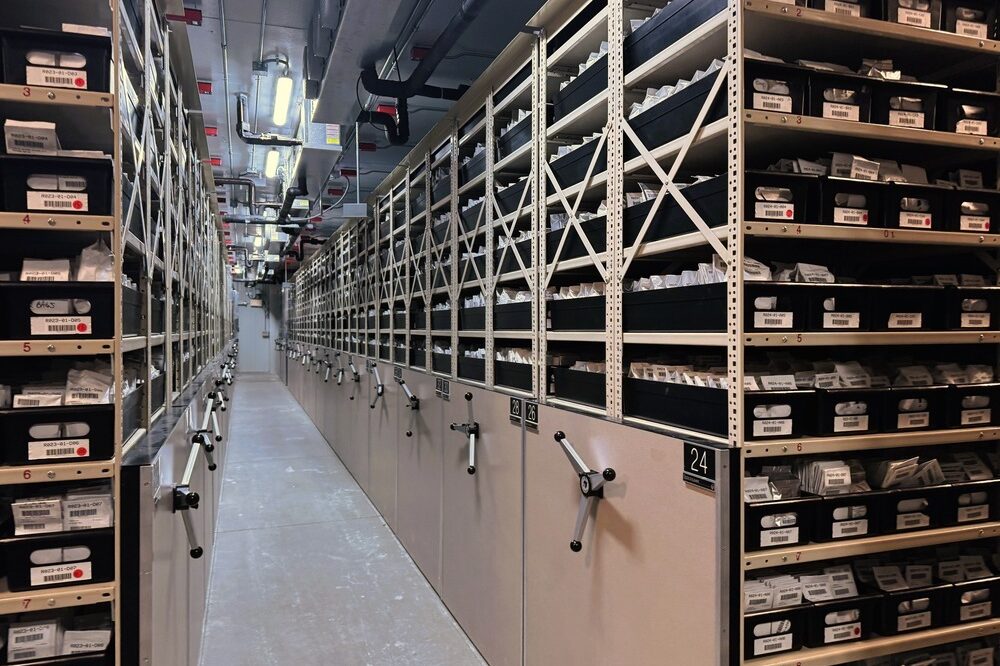
In a nondescript building on the Colorado State University campus in Fort Collins, lies the largest collection of plant and microbial genetic resources in the world.
The highly secure building houses the National Laboratory for Genetic Resource Preservation which is run by the United States Department of Agriculture. The lab plays an important role in bolstering the food supply and training the next generation of scientists tasked with helping protect crops.
“What we have in Fort Collins is sort of the headquarters,” Associate Dean for research at CSU’s College of Agricultural Sciences Amy Charkowski said. “They store the seed for all the major crops.”
Imagine vaults upon vaults of seeds for crops like corn — and other genetic materials like bee semen — that could help us survive a famine event or pollinator extinction. Some specimens are stored under liquid nitrogen in giant refrigerators, others in air-tight containers; all of them serve to protect the U.S. from devastating loss caused by pests and disease.
The genetic material stored at the 22 labs across the country includes more than 600,000 genetic lines of hundreds of crop species. There are about 300 scientists doing the work nationwide.
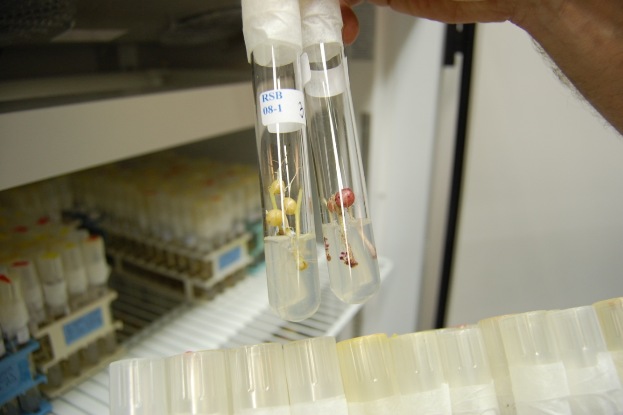
And now the future of the program is up in the air as the Department of Government Efficiency (DOGE) puts funding sources, like grants, on the chopping block.
“I've never been this worried about the future of science,” Chakowski said.
The system is valued at $1.5 trillion, though it costs roughly .0008 percent of the federal budget, according to the New York Times.
The USDA is one of the many federal organizations affected by massive rounds of firings in early February issued by the new DOGE under the Trump Administration, which include programs and labs like the one in Fort Collins.
A court order brought those scientists back to work last month, but it’s unclear whether funding will continue in full past this fiscal year, which ends Sept. 30.
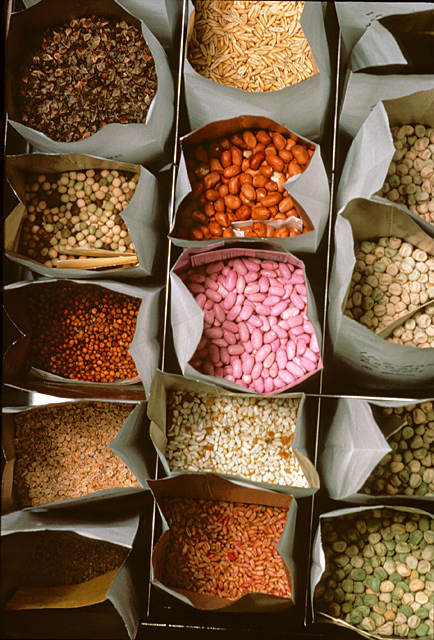
The threat of the lab closure is seen as dangerous for farmers, rural communities and the food supply. Corn earworms are currently attacking corn in the state. Meanwhile, Cystospora Canker, a fungus, has already made it more expensive to grow peaches on the Western Slope. Both are outbreaks the lab is working to solve.
One such catastrophe was avoided thanks to work done in the Fort Collins lab starting back in 2010. That’s when the wheat stem sawfly, a small yellow and black-winged bug, started showing up in wheat crops across Colorado.
“The pest lays its eggs inside the wheat stem, and then the larvae eat the inside of the stem. Then wind will come along and blow over the entire crop, and you can get 100 percent loss,” Charkowski said. “What scientists realized is that, if the inside of the stem was more solid, then the larva couldn't do this, and that would protect the wheat crop.”
So, scientists worked with a variety of wheat strains to grow and screen them for a resistance trait. “Within just a few years [they] were able to go from recognizing the pest to developing these solid stem wheat varieties,” Charkowski said. “But they could only do that because we had the material here. If they hadn't, we don't know if we could grow wheat anymore in Colorado. That's how significant the problem was.”
The state currently has around 2 million acres of wheat. It’s ranked 9th in the nation for wheat production, and the statewide industry is worth about $580 million.
“The implications [of a loss] like that, it's more than just the crop, it's also the livelihood of rural communities in eastern Colorado,” Charkowski said. “If that crop went away and we didn't have something to replace it with, there goes the economy of Eastern Colorado.” Costs for wheat across the nation would also increase, driving up the price of bread and flour.
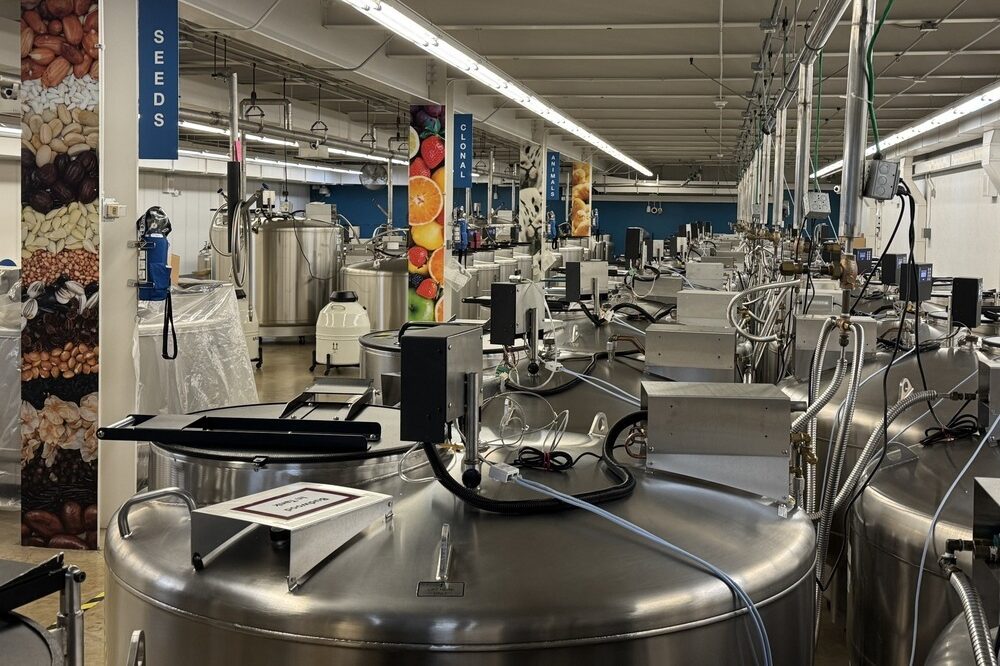
Future threats to crops are clear, future funding for the lab is not
“We're not sure what the budget looks like moving forward,” Chakowski said. “We are not seeing funding at all right now through USDA grants, for example. We have nothing to apply to when we see continuing resolutions.”
That means the money available to pay scientists and hire student researchers, many of whom specifically come to CSU to learn how to do this work, is in question.
“They've had to let go most of the students that were working with them. Without people to do this, we will lose the collection, and we will not be able to replace it,” Charkowski said. “So it puts all of agriculture in the U.S. at risk.”
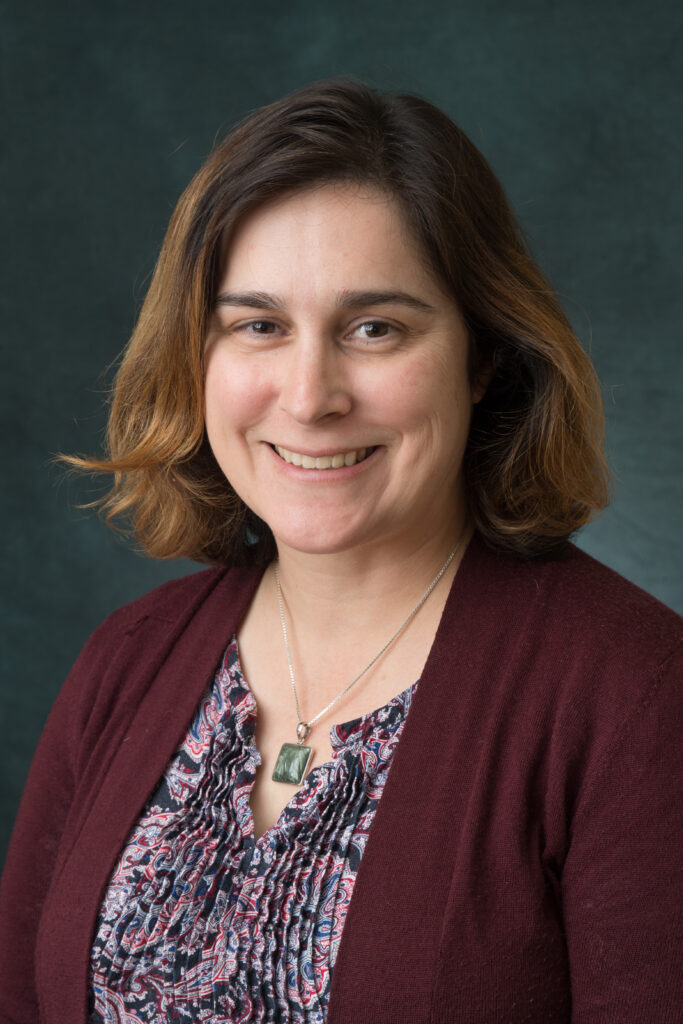
On Monday, USDA employees received an email offering a second round of incentives to leave their jobs this month. It’s part of a larger effort from DOGE to shrink the federal government.
“Part of our challenge is that it's really hard to figure out what's going on,” Charkowski said. “I believe that agriculture is bipartisan. We all eat. We all want to see communities remain strong.”
Charkowski hopes Colorado lawmakers will step up and ensure work at the lab continues regardless of what happens with federal funding.
“We would like to see our legislators support the germplasm center because it's irreplaceable and so crucial to food security in the United States and globally,” Charkowski said. “They have made it clear they view ag and our food system as bipartisan. So I hope that that's true.”


